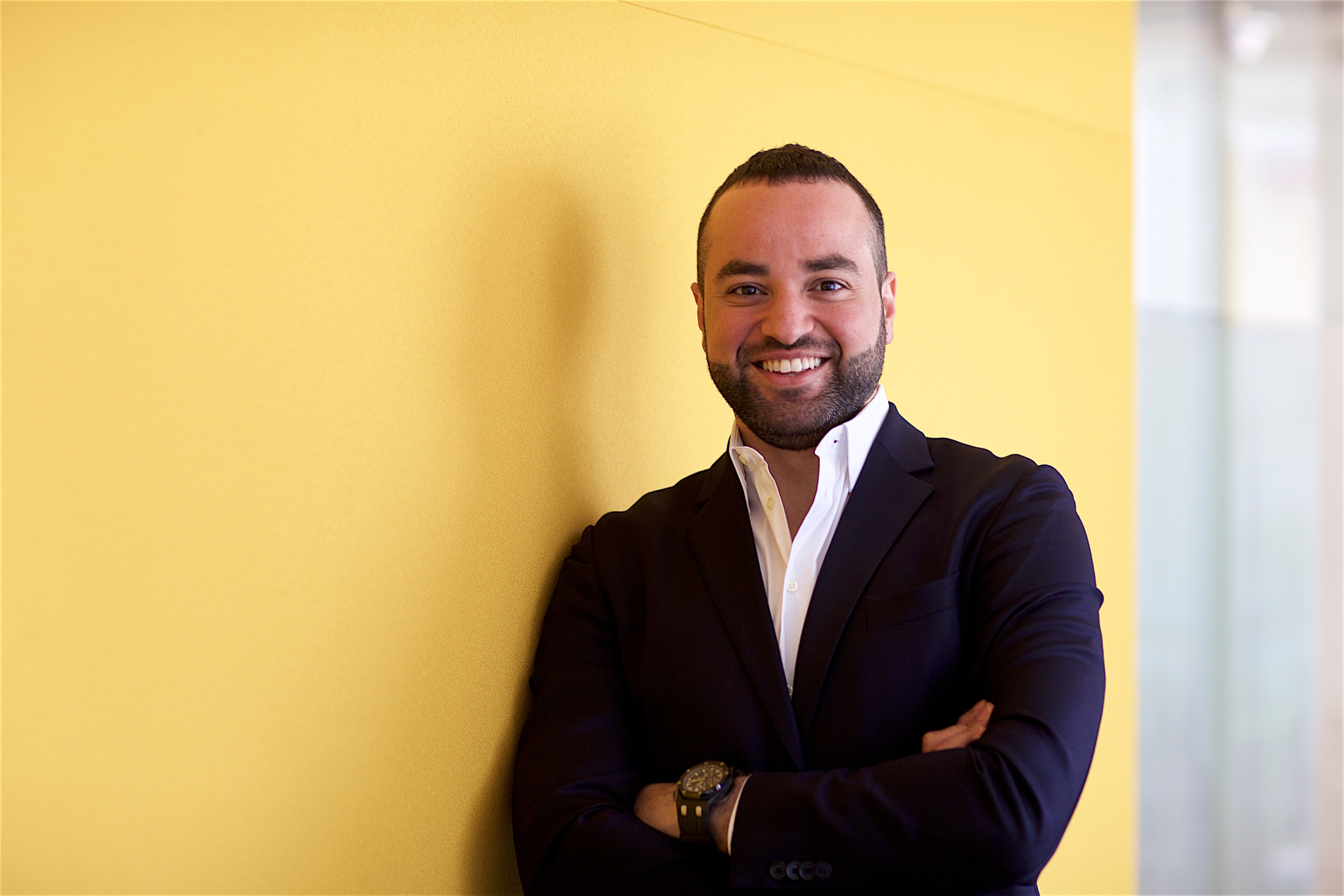 General manager of Snap Inc. MENA Hussein Freijeh spoke with Campaign to shed light on the changes brought by the pandemic as social media became one of the most used sources for staying connected.
General manager of Snap Inc. MENA Hussein Freijeh spoke with Campaign to shed light on the changes brought by the pandemic as social media became one of the most used sources for staying connected.
Do you want to see the future? Sign up for Campaign’s Marcomms360 Predictions 2021 virtual event on December 14-15. Registration is free.
1 How has your user-base changed in 2020?
Our monthly addressable reach in the MENA region has grown 38 per cent year over year as of October 2020, now at 67 million unique Snapchatters – with a high concentration in the GCC. The GCC in particular is a key market where engagement and consumption rates on Snapchat are often higher than the global average. For example, In the UAE, Saudi Arabia, and Kuwait, Snapchatters spent 77 minutes daily on the app during Ramadan 2020. Additionally, over 85 per cent of MENA daily users interact with Lenses every day, which again is a testament to the strong engagement that exists on the platform.
2 Apart from numbers, have the demographics changed?
Snapchat in the region reaches multiple demographics. In markets like Saudi Arabia, Snapchat now reaches 90 per cent of 13-34-year-olds and we still see a high reach in the age bracket above 34. What we’ve seen in MENA is that the audiences are very retentive. People who joined Snap five years ago retain at a very high level five years later, so it’s only a matter of time until the community’s age demographics widen further.
3 Have user habits changed on the platform this year?
Reinventing the camera represents our greatest opportunity to improve the way people live and communicate. Our community in the region really understands this mission and our holistic value proposition. In parallel, we have evolved our app into an entire ecosystem – whether in chat, maps, stories, or content hosted on Discover and we see high adoption across all layers of our platform. For example, In Saudi Arabia, more people watch Snapchat Discover content every day than any of the top ten TV channels, both before and during Covid-19. In addition, the total daily time spent by Snapchatters watching shows on Discover increased by over 50 per cent year-over-year in Q3 2020.
4 What has driven these changes?
There’s a rich legacy of storytelling in the Arab world, and I believe that our continued emphasis on visual, camera-led communication really resonates with the local psyche. People can also find exceptional content on Snapchat today. We were the pioneers behind the vertical format, and have led in full-screen, sound-on, premium content on mobile – which became an industry standard. Our audience in MENA also appreciate our content approach, where all publishers on Snapchat are thoroughly vetted, so there’s an emphasis on credible content rather than being a platform where anyone can broadcast whatever they want. Another aspect that resonates well with the local population is Snap’s commitment to privacy. Our design choices continue to emphasize personal privacy through ephemeral messaging and avoiding “share”, “like”, and other public metrics.
Taking this into account, our products and services play a transformative role in how people experience the world around them, whether online or in the physical world.
5 What are your plans for 2021?
At a product level, we are pursuing a relentless focus on innovation on our camera, conceptualising new uses for augmented reality (AR) and new tools to allow Snapchatters to be creative and express themselves. We are also expanding our partner ecosystem rapidly in the MENA region. This includes content, creative, brand, and technology partnerships that enhance our business and our products. In particular, we are growing our content footprint at an incredible scale and will be working with publishers to tap into our deep expertise in made-for-mobile content.
In short, we feel we can help shape the future of how people experience the world around them and will realise this across entertainment, exploration, learning, commerce, location and more in the coming year.









